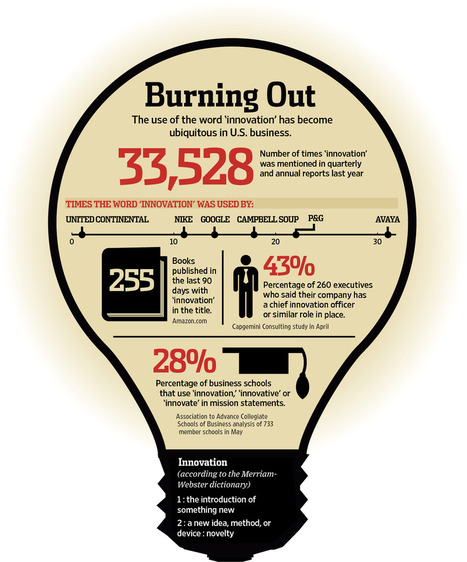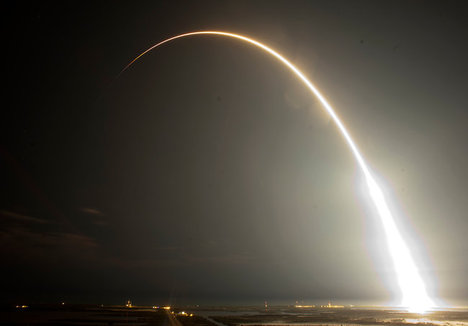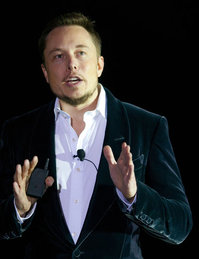(p. A15) The supply-sider has a different view from both the Keynesian and the budget balancer. Fundamentally, supply-side advocates focus on the harmful effects of tax increases. Raising tax rates hurts the economy directly because tax hikes reduce incentives to invest and because they punish hard work. As such, tax increases slow growth. But budget cuts work in the right direction by making lower tax revenues sustainable. If spending exceeds revenues, then the government must borrow and this commits future governments to raising taxes in order to service the debt.
. . .
On the tax side, there is strong evidence that supports the supply-siders. Christina Romer, President Obama’s first chairwoman of the President’s Council of Economic Advisers, and David Romer document the strong unfavorable effect of increasing tax rates on economic growth (American Economic Review, 2010). They report that an increase in taxes of 1% of gross domestic product lowers GDP by almost 3%. The evidence on government spending also suggests that high spending means lower growth.
For example, Swedish economists Andreas Bergh and Magnus Henrekson (Journal of Economic Surveys 2011) survey a large literature and conclude that an increase in government size by 10 percentage points of GDP is associated with a half to one percentage point lower annual growth rate.
For the full commentary, see:
EDWARD P. LAZEAR. “OPINION; Three Views of the ‘Fiscal Cliff’; It’s the tax increases we have to fear. Spending cuts won’t hurt the economy.” The Wall Street Journal (Mon., May 21, 2012): A15.
(Note: ellipsis added.)
(Note: the online version of the commentary is dated May 20, 2012 and has the title “OPINION; Edward Lazear: Three Views of the ‘Fiscal Cliff’; It’s the tax increases we have to fear. Spending cuts won’t hurt the economy.”)
The Romer and Romer paper mentioned is:
Romer, Christina D., and David H. Romer. “The Macroeconomic Effects of Tax Changes: Estimates Based on a New Measure of Fiscal Shocks.” American Economic Review 100, no. 3 (June 2010): 763-801.
The Bergh and Henrekson paper mentioned is:
Bergh, Andreas, and Magnus Henrekson. “Government Size and Growth: A Survey and Interpretation of the Evidence.” Journal of Economic Surveys 25, no. 5 (Dec. 2011): 872-97.







